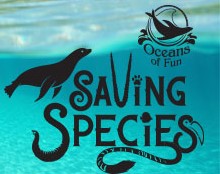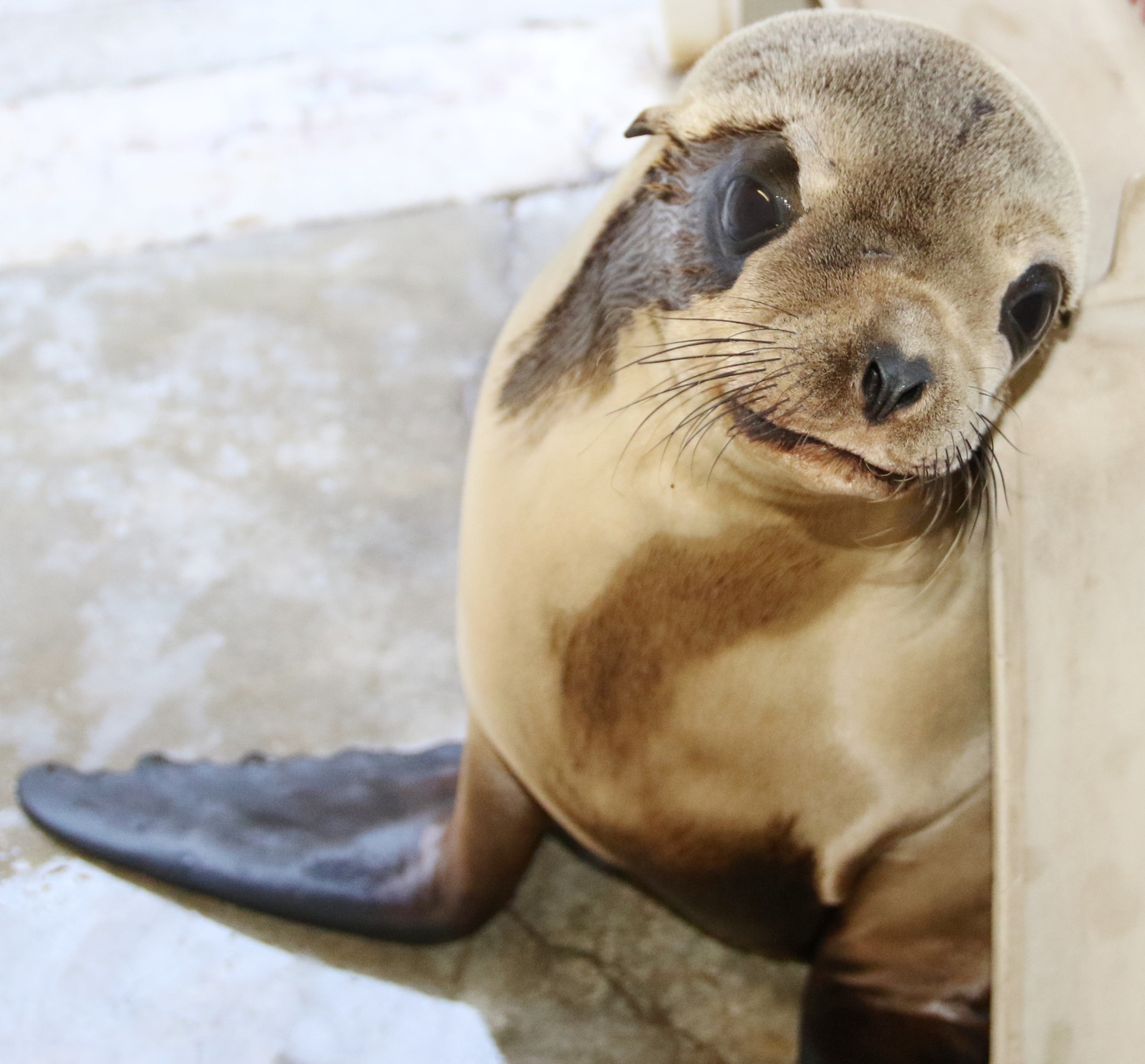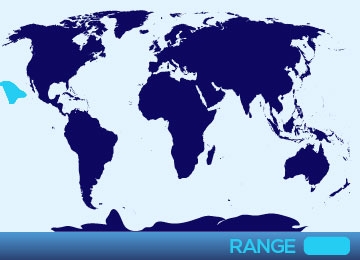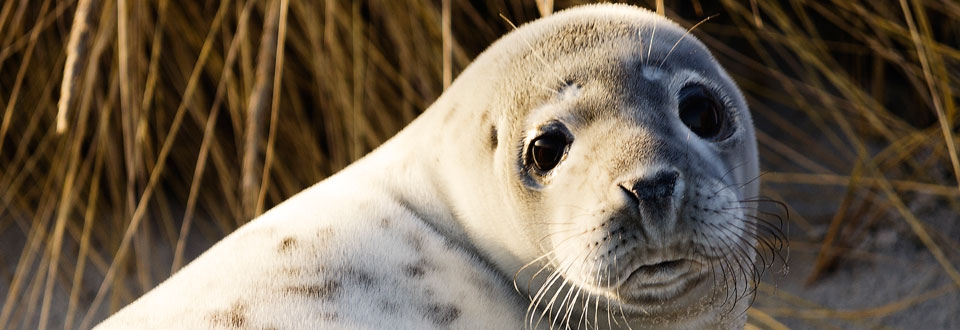
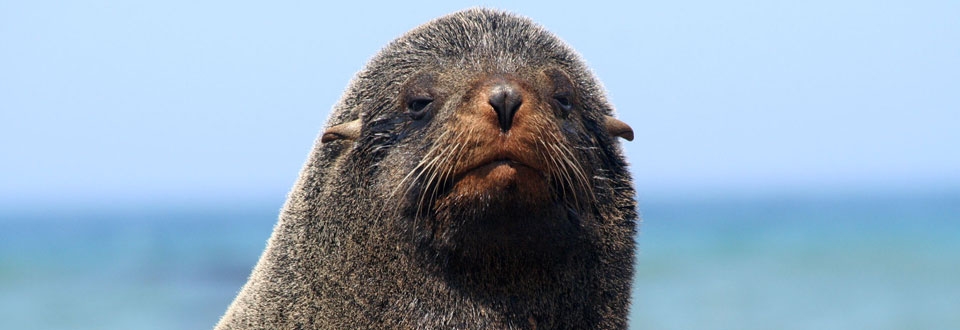
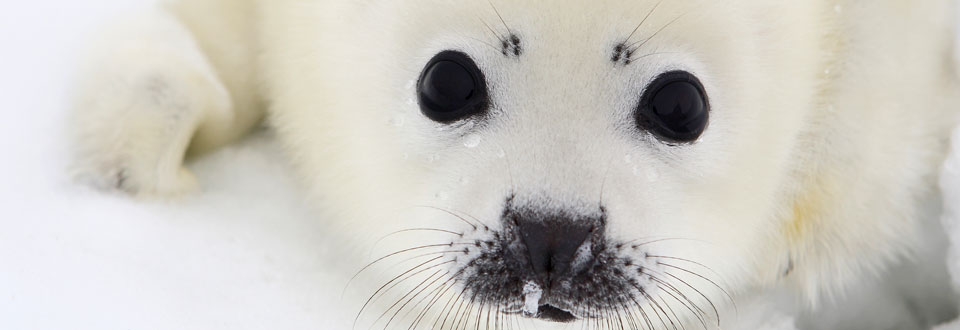
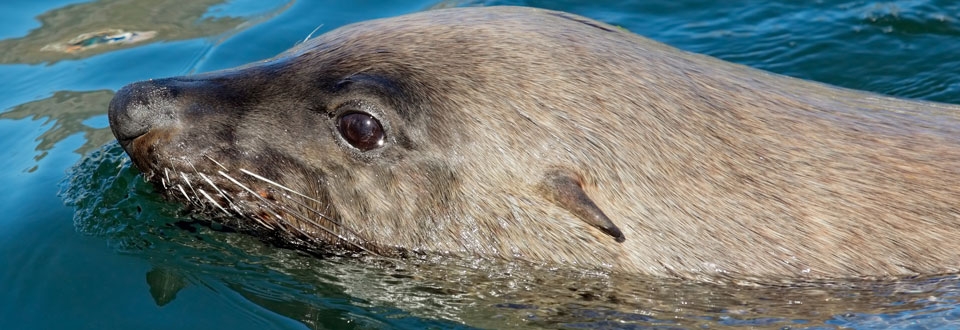
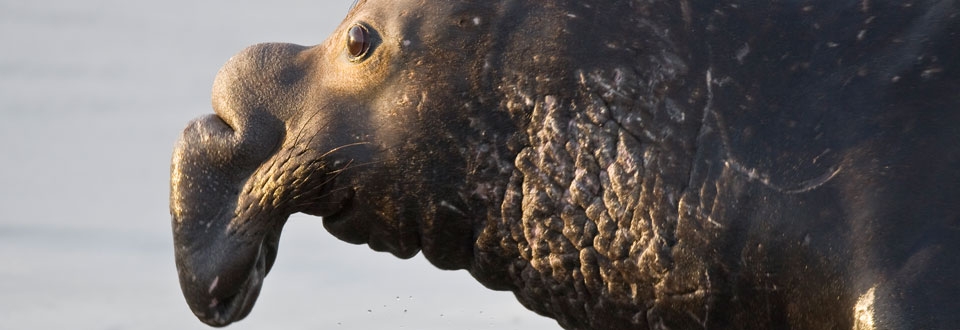
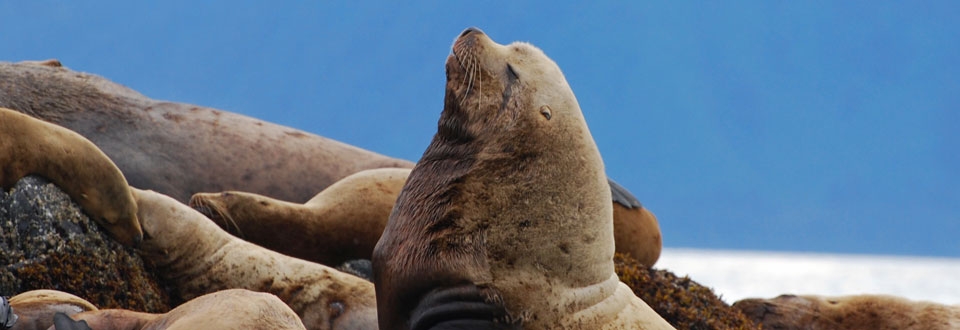
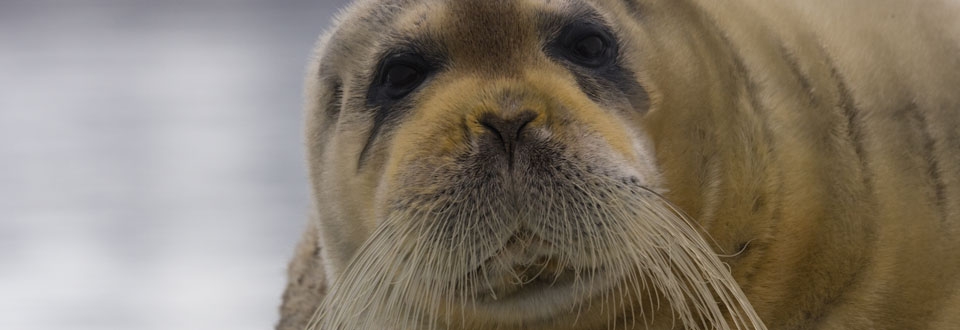
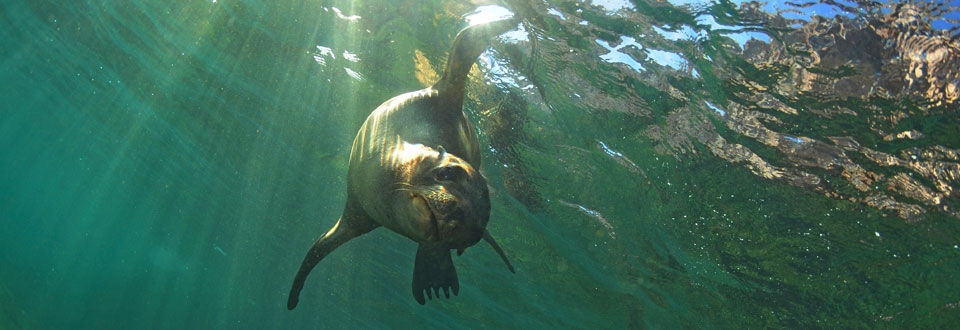
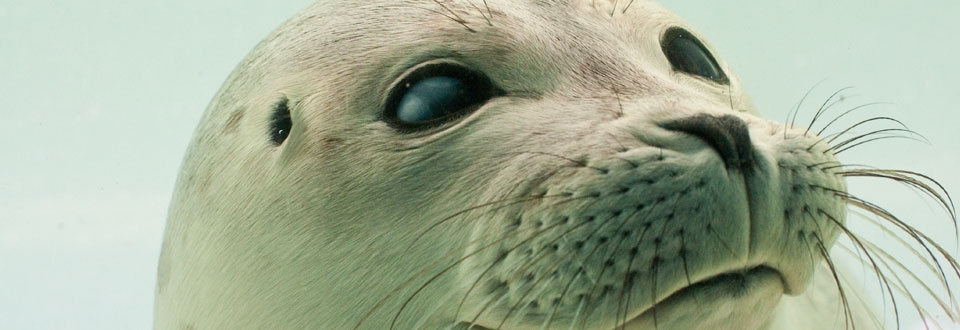
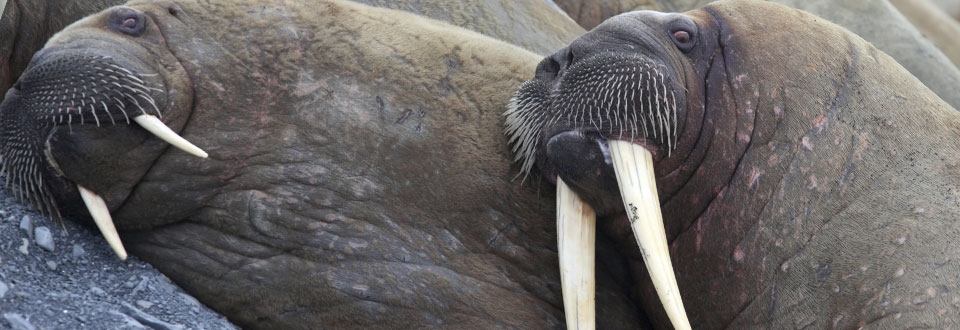
Pinniped Species
All
x
- – No known individuals remaining.
- – Known only to survive in captivity, or as a naturalized population outside its historic range.
- – Extremely high risk of extinction in the wild.
- – High risk of extinction in the wild.
- – High risk of endangerment in the wild.
- – Likely to become endangered in the near future.
- – Lowest risk. Does not qualify for a higher risk category. Widespread and abundant taxa are included in this category.
- – Not enough data to make an assessment of its risk of extinction.
- – Has not yet been evaluated against the criteria.
Hawaiian Monk Seal
- – No known individuals remaining.
- – Known only to survive in captivity, or as a naturalized population outside its historic range.
- – Extremely high risk of extinction in the wild.
- – High risk of extinction in the wild.
- – High risk of endangerment in the wild.
- – Likely to become endangered in the near future.
- – Lowest risk. Does not qualify for a higher risk category. Widespread and abundant taxa are included in this category.
- – Not enough data to make an assessment of its risk of extinction.
- – Has not yet been evaluated against the criteria.
Males and females average 7-7.5ft, with females averaging slightly longer than males.
Males and females average 375-450lbs, with females averaging slightly heavier than males.
Hawaiian monk seals, like their name suggests, are only found living in the Hawaiian islands, with their main breeding grounds found in the Papahānaumokuākea Marine National Monument, the largest area dedicated to marine conservation in the United States.
One of just two Monk seal species left on the earth (the Caribbean monk seal, last seen in 1952, is considered extinct), the Hawaiian monk seal is thought to be the oldest species of seal known on earth. They have a distinctive wide muzzle and large eyes, with darker silver/black fur on their backs and lighter bellies. Algae may also grow in their fur, giving them a reddish or greenish appearance.
Typically feeding on organisms found on the ocean floor, Hawaiian monk seals feed on fish, cephalopods, and crustaceans.
Hawaiian monk seals typically spend the majority of their lives at sea, in warm subtropical waters of reefs and semi-protected waters of surrounding islands. On land they are commonly seen sunning themselves on sandy beaches. During breeding season, seals are found on volcanic rocks and beaches, and prefer shallow water for pupping.
While it is known that females mature around 5 years of age, it is currently unknown when males mature. During breeding, monk seals are known to have aggressive tendencies due to multiple males going after one female, sometimes resulting in injury or even death of the female. Pupping usually occurs in March and April, but has been seen all year round. Gestation for a Hawaiian monk seal is around 10-11 months, and postpartum, a female will nurse her pup for one month while she fasts. She then abandons her pup and returns to the ocean to hunt and leaves the pup to survive on its own.
With approximately 1,200 Hawaiian monk seals left in the wild, they are considered "endangered." Public movements to clean up their habitats of marine debris have lead to tons of pollution being removed from the ocean. Since 1996, NOAA fisheries has put the Recovery Plan for the monk seal into effect to hopefully successfully restore numbers to the population. Research has been conducted on reproduction, foraging, and diseases to better understand the problems facing the monk seal population.
The Hawaiian monk seal is highly sensitive species with many threats, including mom-pup disturbance on beaches, entanglement in pollution in the ocean, and a high risk of contracting disease. Due to low numbers, there is also a lack of genetic diversity, which threatens the species. Juveniles and young adults have limited food resources leading to starvation. In addition, human encroachment and erosion has caused a loss of habitat for pupping beaches. Aggression towards females by males is also a threat.
The Hawaiian name for the monk seal is "Ilio-holo-i-ka-uaua"which mean “the dog that runs in rough waters”. Monk seals got their name from being mostly solitary, like monks and having loose skin around their neck, which looks like a monk's cowl.




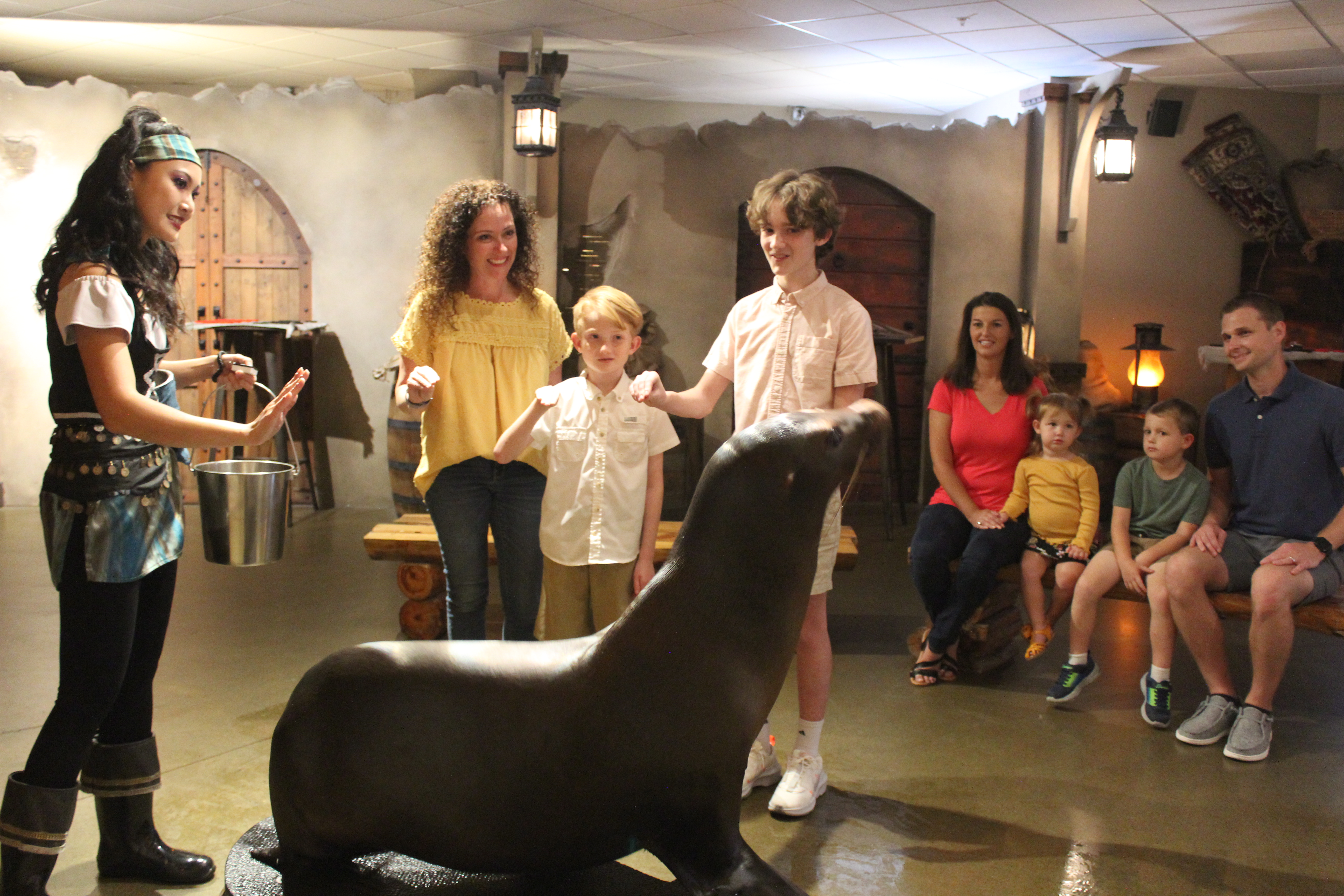 Animal Encounter
Animal Encounter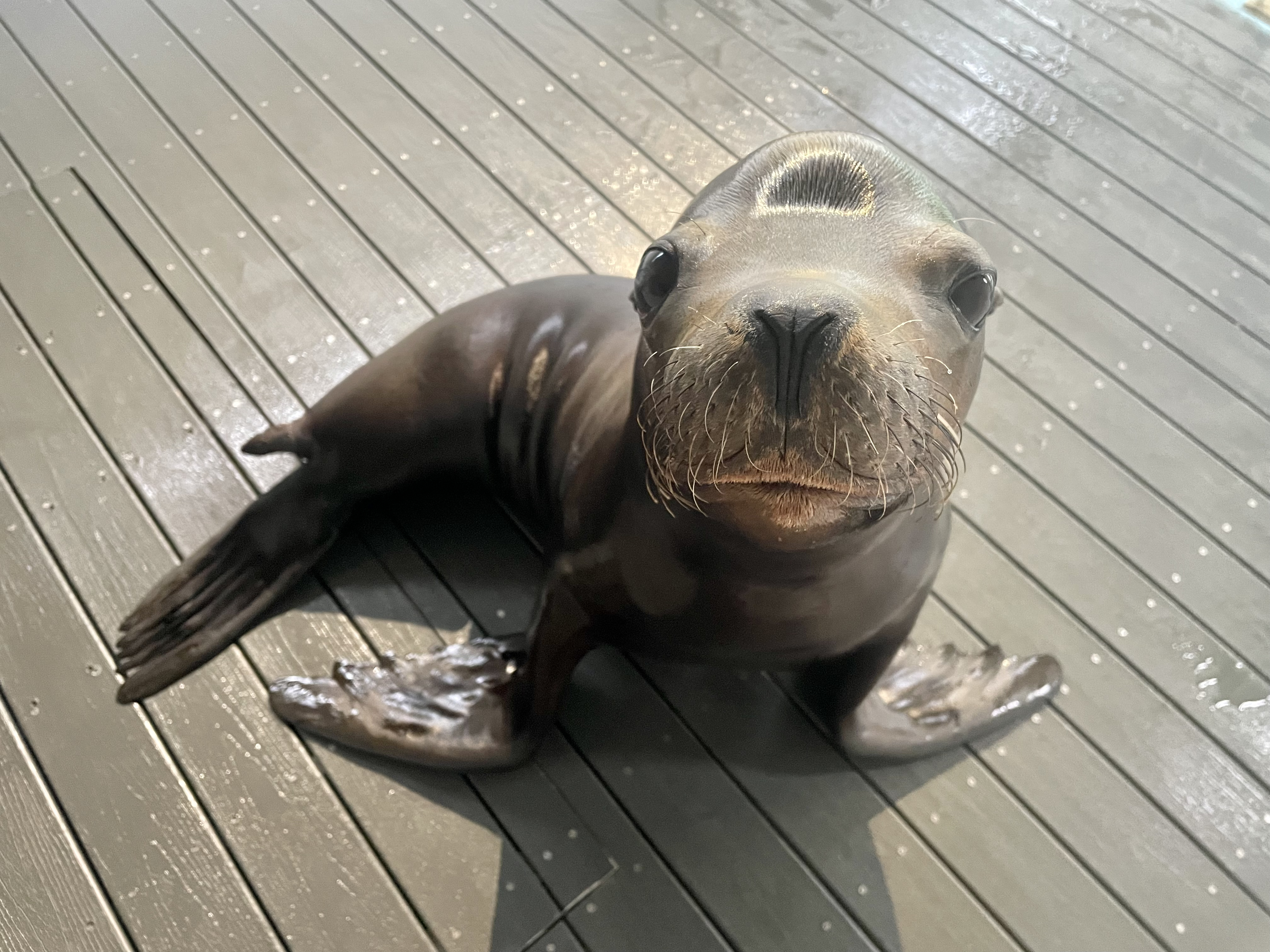 Our Locations
Our Locations
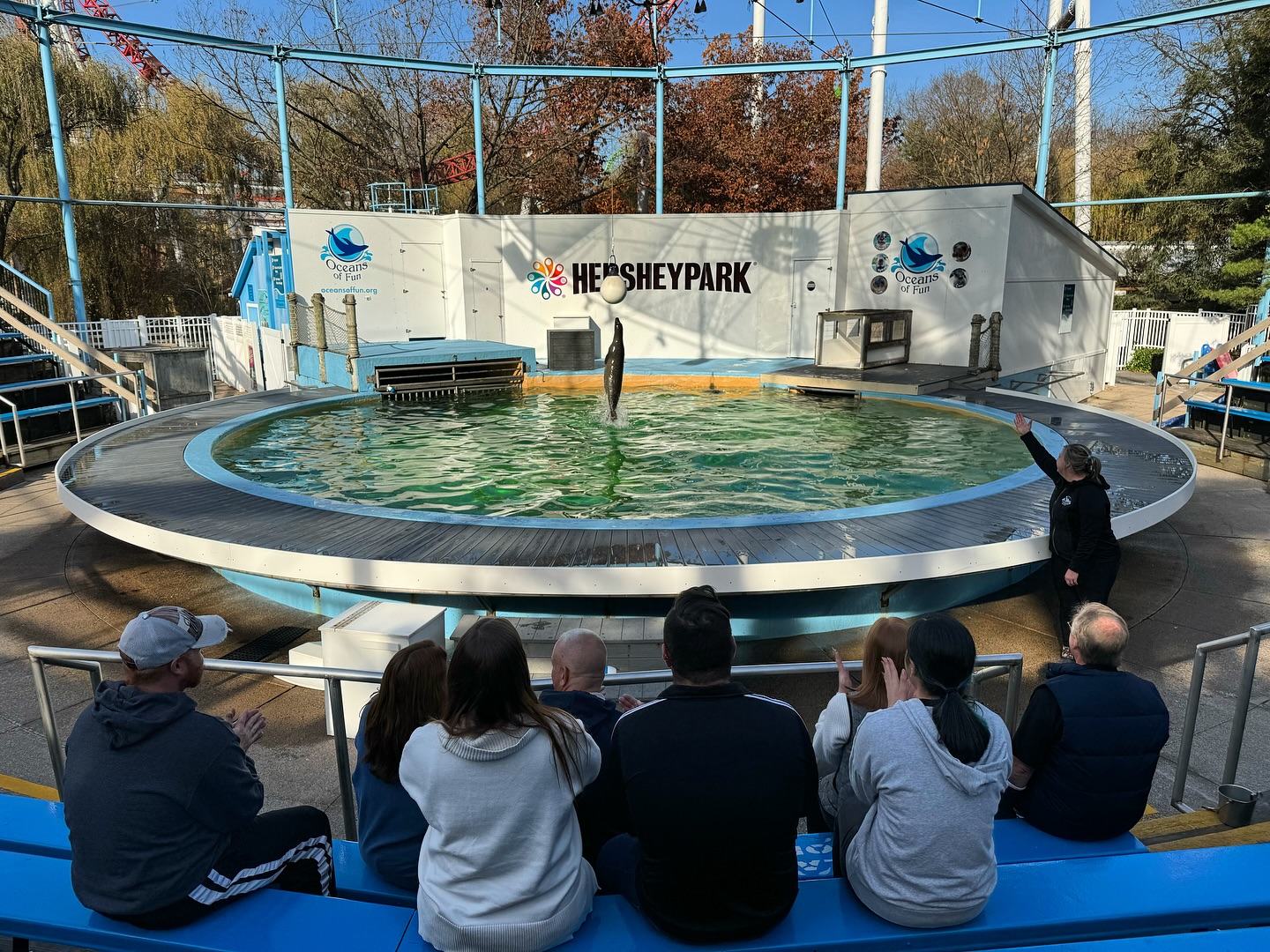 Family Fun
Family Fun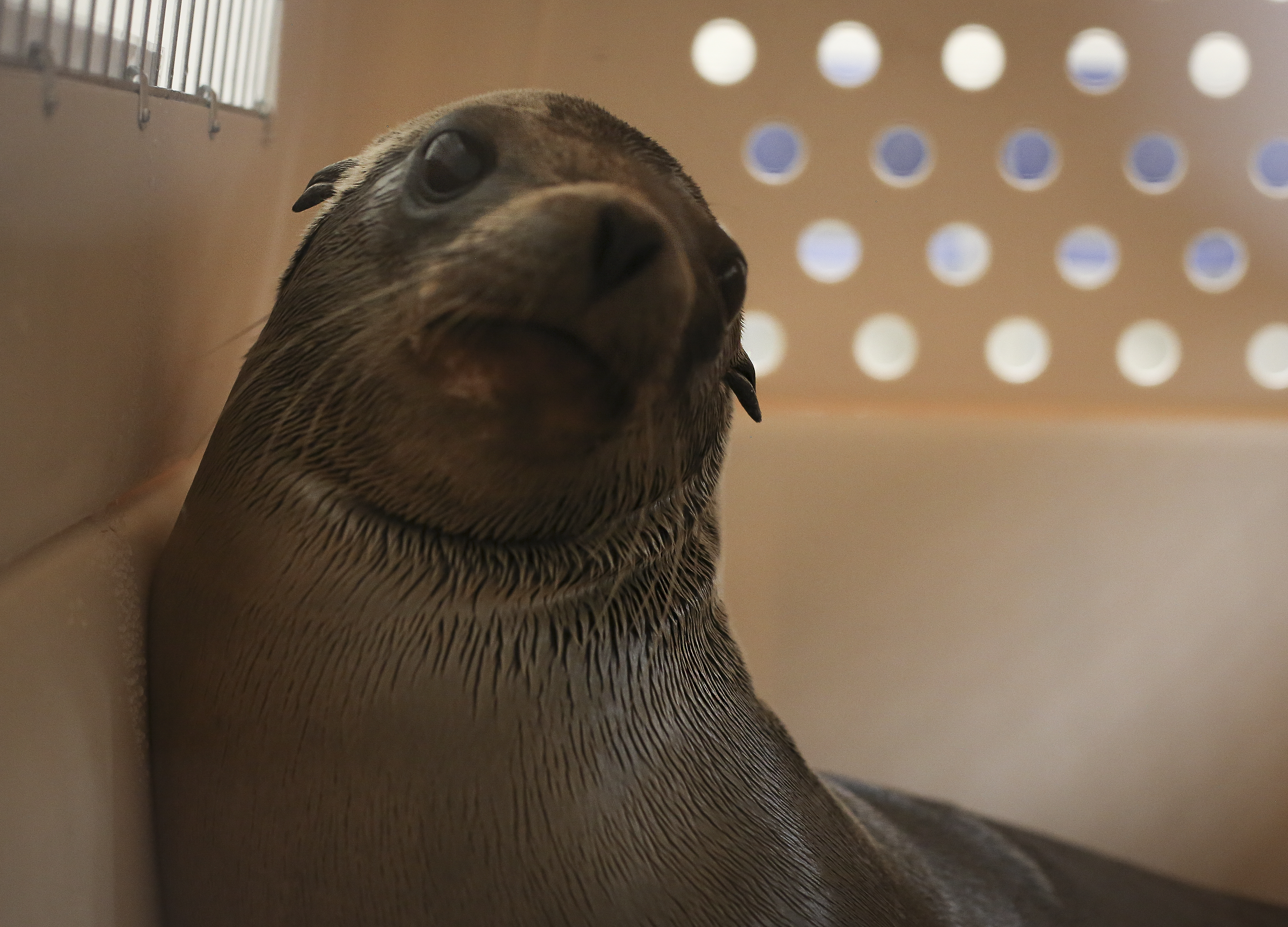
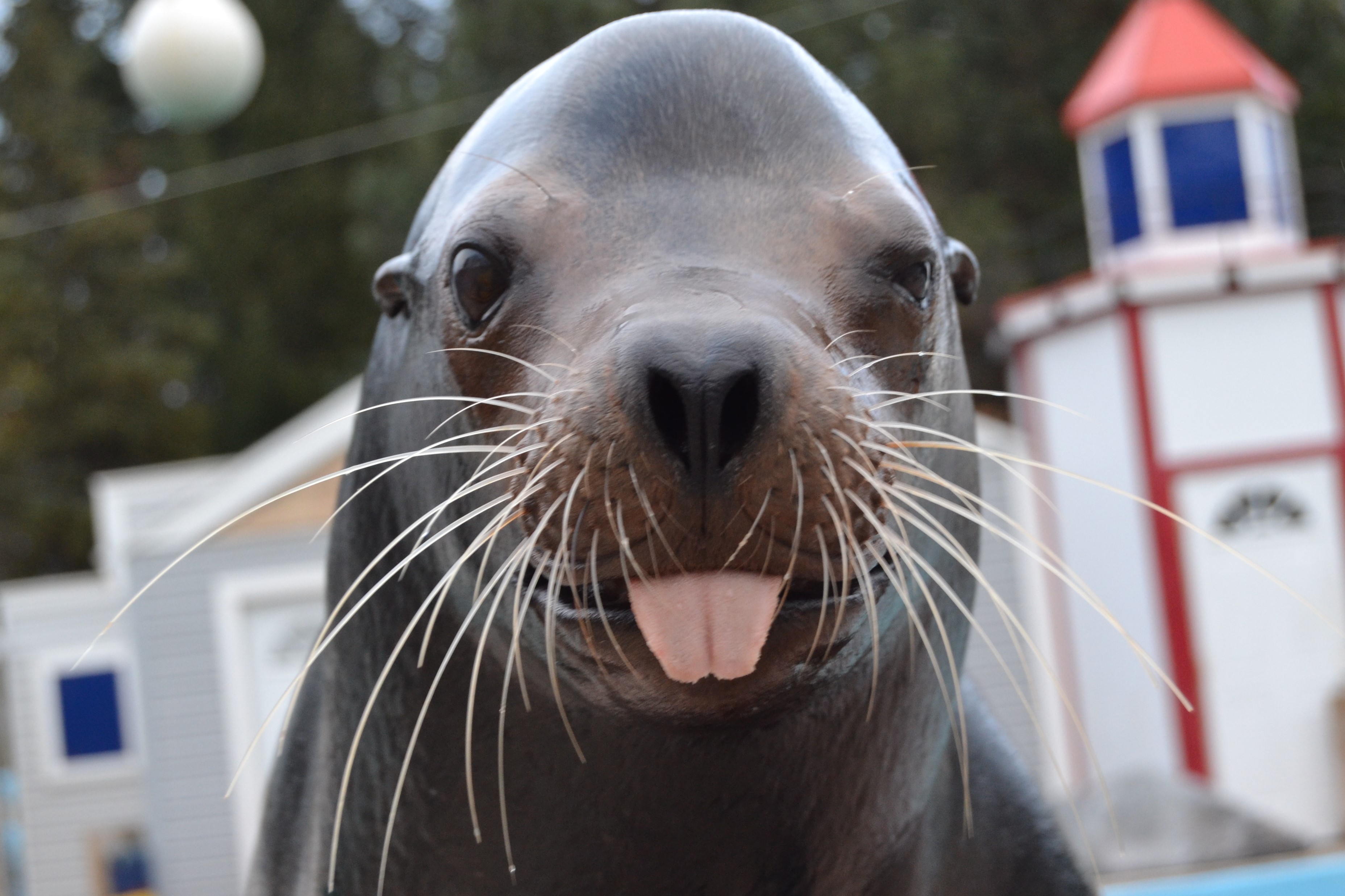
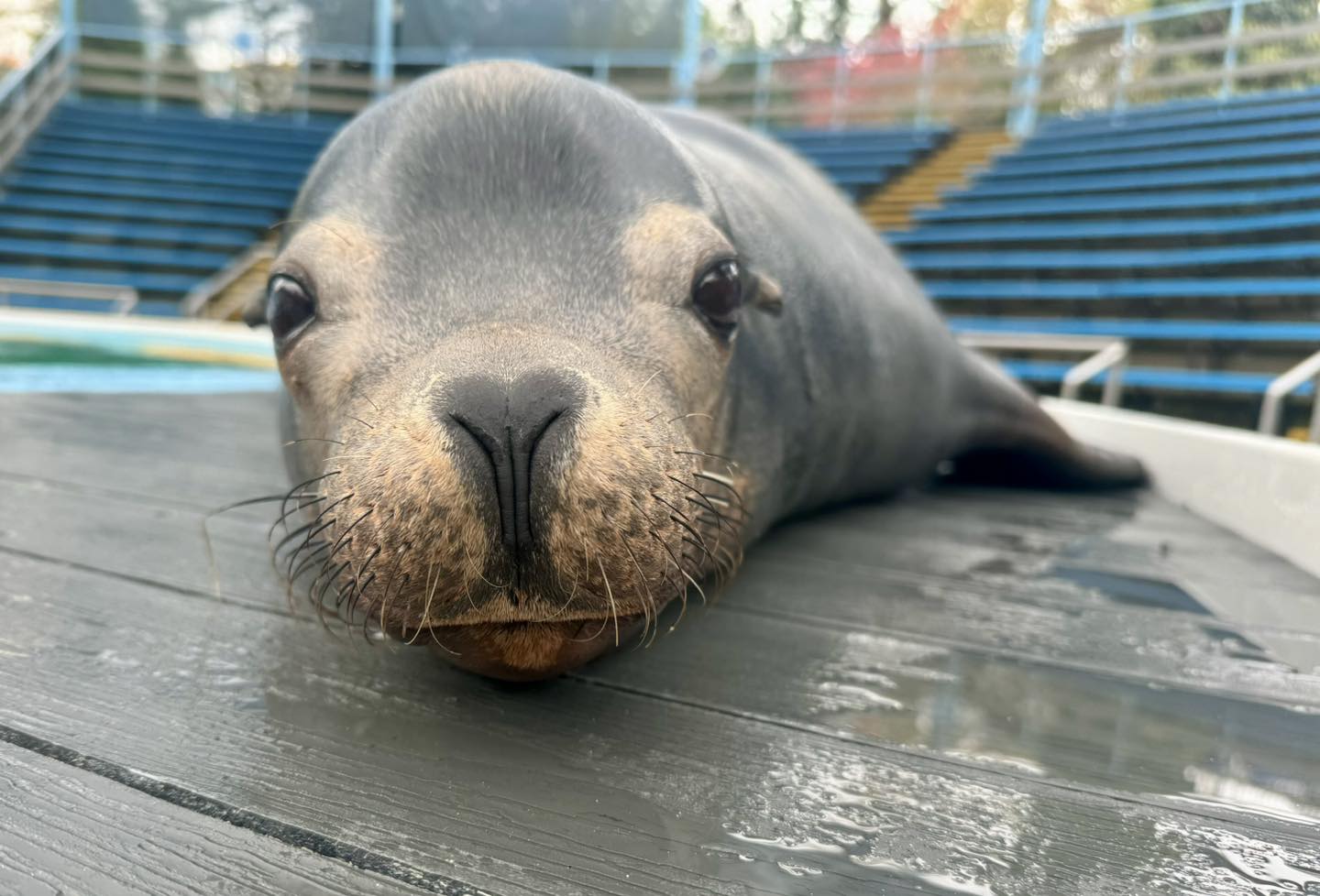 Meet Ripley!
Meet Ripley!
